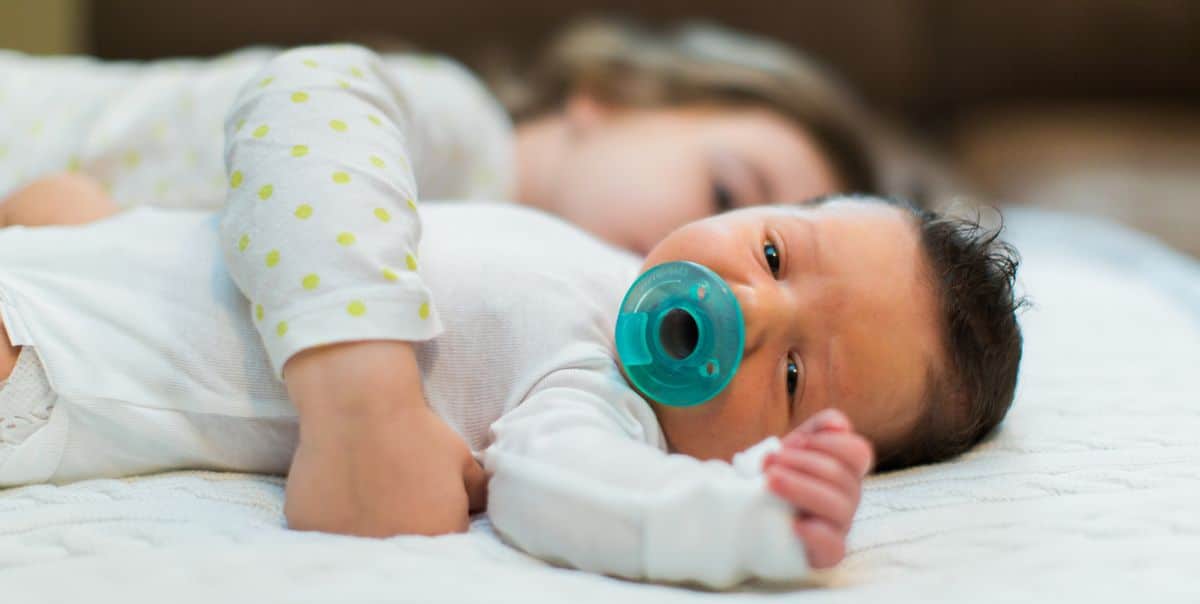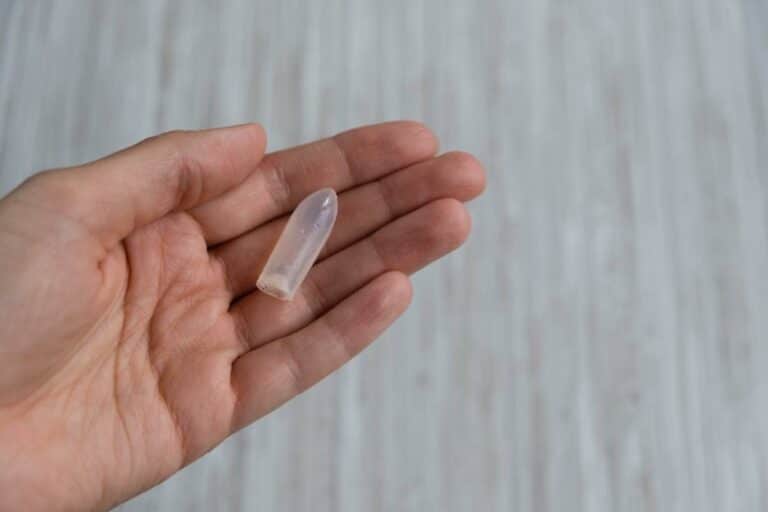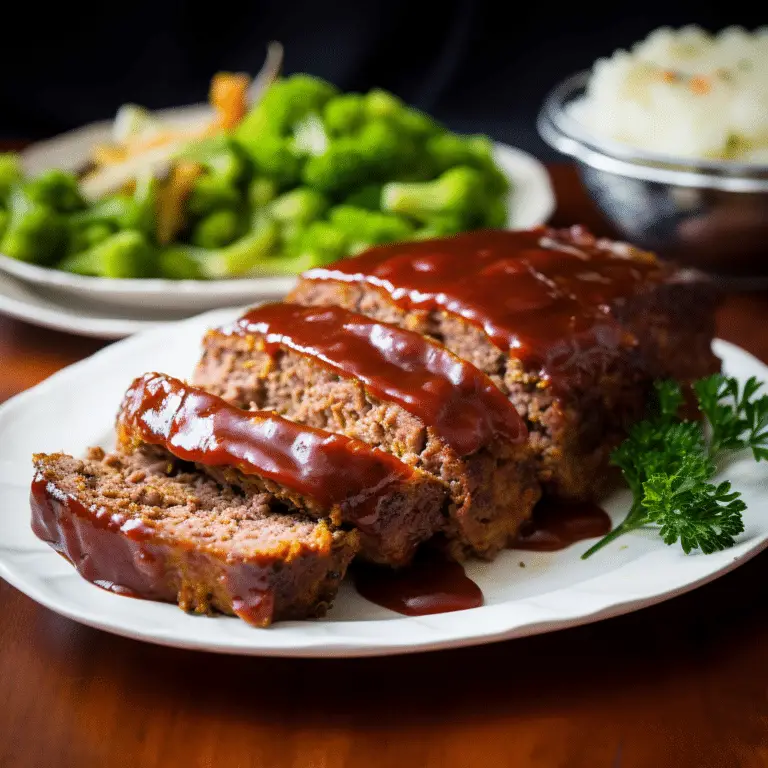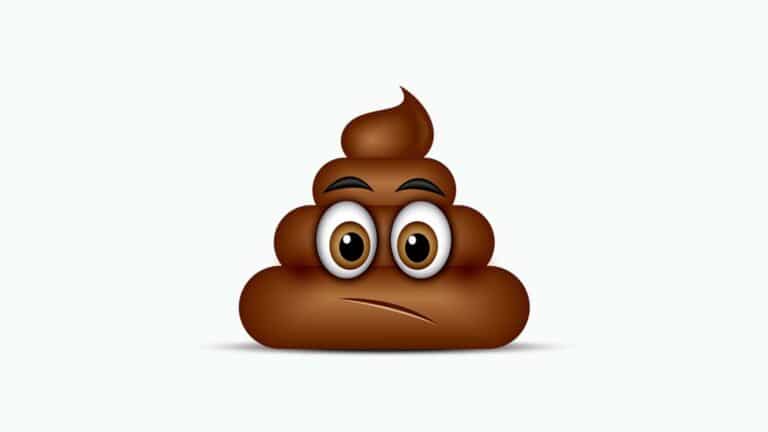The Impact of Pacifiers on Dental Health
Yes, Pacifiers may play a key role in the formation of buck teeth. Ideally, the debate over whether pacifiers cause buck teeth is a long-standing controversy. While some people believe that pacifiers cause buck teeth, others believe it’s just an urban legend.
There is no scientific evidence that pacifiers cause the formation of buck teeth, nor does there seem to be any reason they would. It’s possible that it’s not just the pacifier that causes this effect but a combination of factors like genetics and environment.
However, pacifiers may play a key role in the formation of buck teeth when used for longer periods and repeatedly without regular cleaning. This article digs deep into the use of pacifiers, their potential causes, and how to wean them off your toddler. Let’s explore
How Pacifiers Affect Teeth
Pacifiers, also known as binkies and soothers, are tiny oral suckers that calm babies. These devices help babies learn how to self-soothe by providing a calming effect on their mouths.
However, the use of pacifiers can have an impact on a baby’s teeth in the long term. Here’s what you need to know:
- Pacifier use can lead to several oral problems in infants
Foremost overuse of pacifiers can lead to open bite, which is when the upper teeth don’t meet the lower teeth in a way that creates space between them. This, in most cases, causes difficulties in chewing.
- Pacifiers cause jaw wear and tear
Repeated use of pacifiers can make jaws wear off at the tooth surface, triggering cavities and gum disease later in life. The most common culprits of this effect are teeth surfaces with insufficient space between them.
- Pacifiers place pressure on your child’s cheeks
Using a pacifier can put pressure on your baby’s cheeks and gums, making it harder for them to develop healthy mouths later in life.
- Abrasion
Pacifiers are made of smooth plastic, which can rub against your child’s gums and tongue when he sucks on them. This can wear down the enamel on his teeth, causing them to become sensitive or even decay.
- Pacifiers can damage gums
Pacifiers can also pressure your baby’s gums, which is particularly dangerous when teething. This can lead to bleeding and infection in the mouth, transferring to tooth decay or gum disease later down the line.
- Pacifiers can interfere with breastfeeding
If your baby gets used to pacifiers, it will be difficult for both of you to latch on properly during breastfeeding sessions. This can lead to nipple confusion and pain for both of you — and sometimes even tongue-tie issues!
- Crowding
Pacifiers can also cause crowding of the teeth by pushing them forward against the back wall of the mouth. This may hinder room for healthy tooth development.
- Cavities
Children who use pacifiers are at an increased risk of cavities because they tend to suck on them more than they should. In addition, many parents use pacifiers as teethers, increasing their risk of cavities.
Weaning your baby off Pacifiers
The process of weaning your baby off the pacifier is gradual. Basically, it may take several weeks to a few months, depending on your baby’s adaptability and activeness.
You can start weaning your baby from the bottle around six months old. When you switch to a sippy cup or feed with a spoon, the physical act of sucking on the bottle will be much harder than when you were only using the pacifier. They’ll also no longer have that soothing crinkle in their ears!
Some babies will stop using the pacifier alone, while others need help with this process. If you notice that your baby isn’t quite ready to give up his pacifier yet, try these tips:
- Use a binky at nap time
This is a great way to keep your baby distracted while they are sleeping and will help them to fall asleep faster.
- Give the pacifier away gradually
Don’t just throw it right away after you stop using it because this can cause confusion and anxiety in your child. Instead, start by leaving the pacifier out of sight for a few days before removing it completely while offering other ways of soothing the discomfort of teething (e.g., nursing).
Make sure you have an adequate supply of bottles, nipples, and formula ready in advance so that you can wean your baby off their pacifier anytime during the day or night. Give your child a bottle after each feeding rather than offering them a pacifier in between feedings. This will prevent confusion when it’s time for them to stop using their pacifier completely.
- Give him a new toy as an alternative
If he doesn’t want to give up his old favorite toy, give him something else to play with — maybe even a few different ones!
- Let your baby decide when they are ready
Babies will rarely use pacifiers as long as they are breastfeeding. However, it is not strange for some babies to wean off pacifiers and cry for them for a few months. If you think that your baby might be ready for a pacifier-free diet, let them go without for a few days. Then offer them in their comfort.
- Have patience, and don’t try to rush the process too much
Many factors can affect how quickly your baby will stop using a pacifier. If they have been using it since birth, they may need more time than a toddler who has started using it recently.
In general, in most cases, babies should be able to stop using pacifiers at around 18 months old.
Bottom Line
Many factors contribute to the presentation of a child’s teeth, not the least of which is genetics and systemic factors at work in the mouth. For example, a medical condition such as tongue-tie may also be responsible for tooth fit and proportion discrepancies.
It is undeniable, however, that pacifiers can cause an increase in the amount of space between teeth. This spacing can lead to the appearance of a gap or “buck tooth,” especially if improperly addressed by orthodontics early in life.





